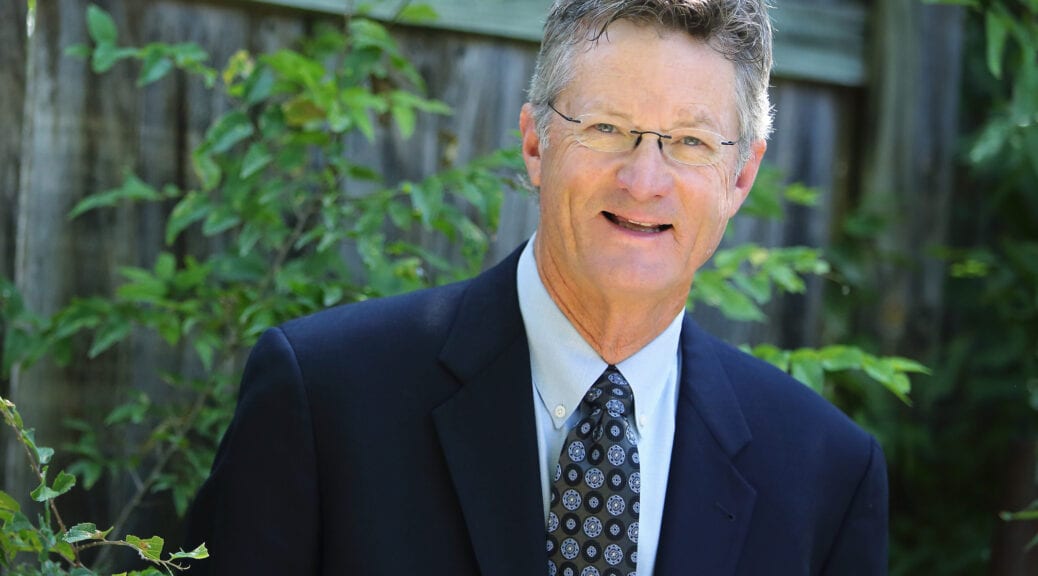
Return to April 2021 newsletter
HB 3387: Reducing burdens on dairy farmers for excess milk disposal
By State Rep. Glenn Rogers
House District 60
During the current COVID-19 pandemic and disastrous Winter Storm Uri, the Texas dairy industry suffered tremendously. All across the state, grocery store shelves were left barren despite our hardworking dairy farmers continuing to produce milk. At this time, our office, along with many dairy farmers, began to ask why. Unfortunately, while our dairy industry was hard at work throughout the two crises our great state has faced, bottlers, processors and distributors were required to cut back on production and employees. The milking schedule on our dairy farms left thousands of gallons of excess milk unable to be taken, leaving the farmer responsible for disposal.
As I am sure many of you already know, once milk leaves the farm, it is considered “food” and travels to a bottling facility, such as Daisy or Borden, before winding up on the shelves of a grocery store. If the load becomes contaminated on the way, gets graded out, or is unable to be accepted by the bottler, the milk is then no longer considered viable for human consumption and is labeled as a form of “dairy waste.”
Under current statute, the only legal method of dumping milk in Texas is to transfer the milk to a disposal well. The issue is that there are only two such wells in the entire state: one in DFW and the other in Houston. This system places an undue, expensive burden on our hardworking dairy farmers and co-ops, as the average cost to dump a truckload of milk (about 50,000 pounds) is $3,000. Under normal circumstances, the price tag is troublesome; in times of crisis, it can be devastating.
House Bill 3387 is our answer to ease the regulatory burdens on dairy farmers, benefit the environment, and save money that could be put to growing or maintaining the industry. This bill would allow the Texas Commission of Environmental Quality to adopt rules for land application of “dairy waste” to be used as fertilizer in agricultural production. In doing so, this legislation also will allow for milk to be disposed of in a wastewater lagoon provided that the risk of water contamination and quality is not impaired.
This approach has many benefits. Land application of milk has proven to be an excellent fertilizer. Based on current research, if appropriately applied, milk itself can improve overall soil health due to milk’s ability to provide nutrients to plants and stimulate the growth of beneficial saprophytic fungi by supplying sugar. The nutrients in milk act as supplements to other forms of nutrients that have been already applied, along with those currently in wastewater lagoons. Moreover, since milk is composed chiefly of water, it also contributes to putting moisture back into the ground.
Land application of milk has already been adopted by several other dairy-producing states, such as Kansas, Wisconsin and Ohio. During Winter Storm Uri, it was found to be cheaper for Texas farmers to send their truckloads of milk up to Kansas than it was to dispose of it in a Texas disposal well. Not only that, many farmers prefer milk to be of use as a land applicant in the lagoons of Kansas rather than being flushed away into a Houston or Dallas disposal well. There are plenty of places in Texas that could benefit from the land application or discharge in a lagoon.
The current disposable method for “dairy waste” is an outdated and ineffective system that causes unnecessary burdens on our dairy farmers. House Bill 3387 would allow for milk to serve a practical use in aiding our agriculture industry, all while reducing the exorbitant rates farmers are expected to pay to dispose of their product with the State of Texas.
Meet State Rep. Glenn Rogers:
Rep. Glenn Rogers is a 6th generation Texas rancher, where his family has deep ranching roots in Palo Pinto County going back to the 1890’s. Dr. Rogers grew up in Graham and attended Texas A&M University, where he graduated with a degree in animal dcience in 1978. Then, he earned his Doctorate in Veterinary Medicine from Texas A&M University in 1980. Upon graduation, Rogers went back home to begin operating the family ranch and start his veterinary practice. … Read more.